Creating the Planner that Works for You
I firmly believe that a planner is one of the most valuable tools anyone can use. Whether you are already organized or just starting your journey to a more organized life a good planner can go a long way to helping you achieve or maintain some control over your world. Finding the right one can be tough that’s why I want to help you create the planner that works for YOU.
To give this topic the proper attention it deserves without being overwhelming, I created a whole series to help. This series is designed to help you tailor your planner or planning system to fit your needs. Whether you’re just starting out using a planner or have been using one for year, there’s something in this series for everyone.
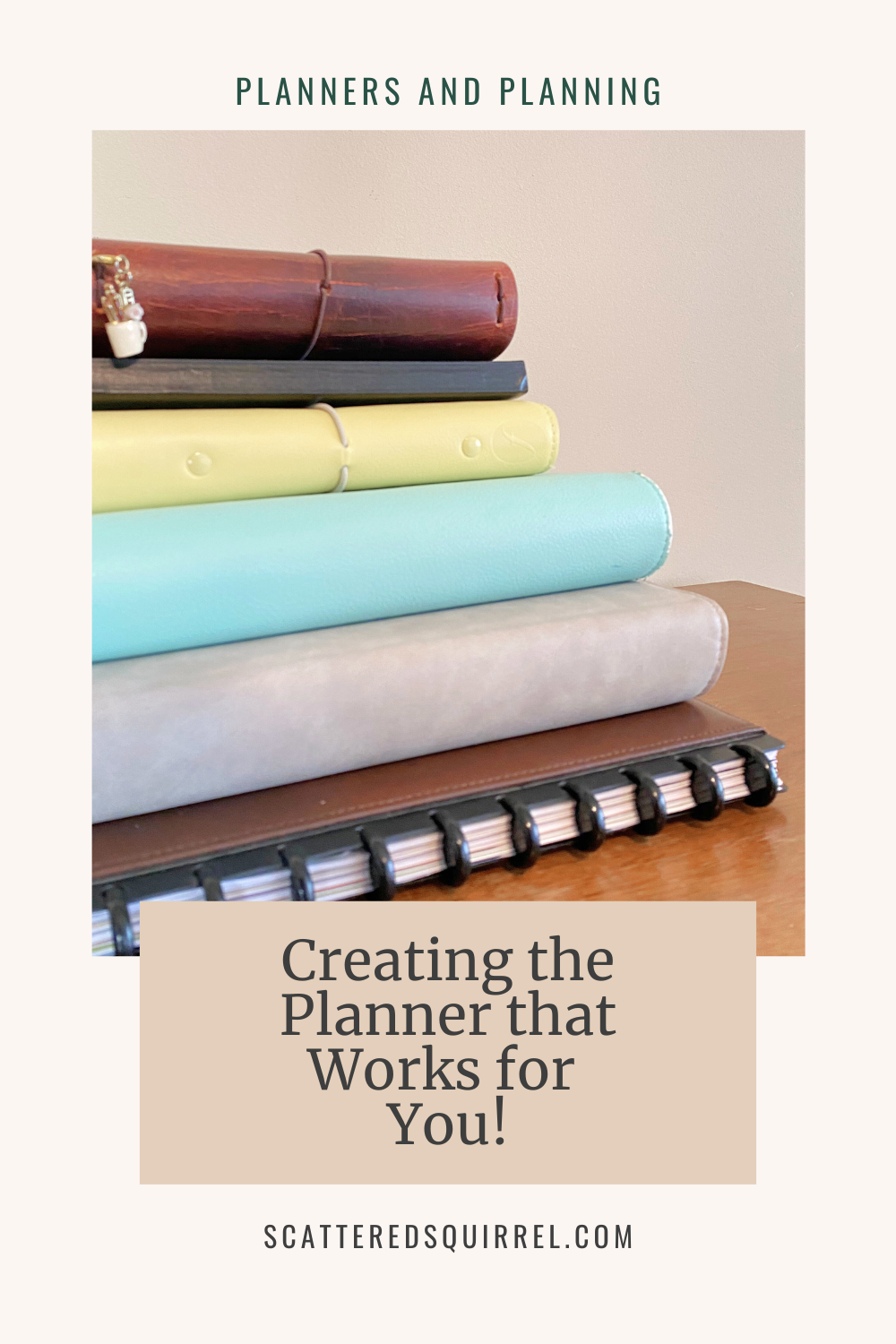
Creating the Planner that Works for You
So, what is a planner? I know some of you are looking at your screens in concern. Considering how much I love planners and all the planner pages I’ve shared, you would think I would already know the answer to that question. And I do.
I know what a planner is for me, but what is it for you?
Before you can start creating the planner that works for you, you need to take some time to think about what a planner looks like for you. Don’t worry, I’ll walk you through it.
Defining ‘Planner’
If you type the word planner into Google, you will get a ton of results. Click on the Image tab, and you’ll be scrolling through pictures of coil bound day planners, Filofax and more. When someone says planner, these are generally the things that spring to mind.
Which is fine. It is, after all, what they are, but the truth is, planners like these do not work for everyone and nor should they.
So, how do I help you create a planner that works for you when the conventional planners don’t work? Well, it’s time to change our definition of the term planner.
According to the web definition on Google, a planner is a list or chart with information that is an aid to planning. To a certain extent, I agree, but I think it needs a little tweaking. For me it’s more like, a planner is simply a tool or system used to help you keep track of important dates and appointments, build and/or maintain routines, and make the best use of your time and energy.
A planner is simply a tool or system used to help you keep track of important dates and appointments, build and/or maintain routines, and make the best use of your time and energy.
I really do mean that. A planner is as simple as that.
Once you allow yourself to start thinking outside the coil binding, you open yourself up to the ideas and concepts that might just work for you. Creating a planner that works for you is a lot of trial and error.
For some, they may already know exactly what they want, and it might only need a few tweaks. For others, myself included, creating the right planner is almost as much of a journey as the journey to organized living itself.
What Can a Planner Be?
So if a planner doesn’t have to be a traditional planner what can it be? Well, that scrap piece of paper I jotted my to-do list is on is a planner. So is the family memo board where I sometimes jot down reminders. That notes app for your phone where you made up your grocery list is a planner.
There are so many different things that could be considered planners either on their own or paired with something else. Things like:
- calendars: wall/bound/whiteboard
- notebooks or pad of paper lined or not
- sketch pads
- sticky-notes
- whiteboard/chalkboard
- bulletin board/magnetic board
- apps on smartphones and tablets
- programs and apps on computers
- index cards
- file-folders
How to Choose the Right One for You
So how do you decide what planner is right for you? You start by figuring out what didn’t work! Take a few minutes to think about what hasn’t worked for you in past, and jot those things down.
- Do you have a calendar on your wall but nothing is written on it, or maybe it’s still in June because you’ve forgotten about it completely?
- Do you write to-do lists on scrap paper and then misplace them?
- Do you have a dated day planner that is gathering dust because you bought back in January bound and determined to be more organized, only to find it too fiddly or too confining, or just not right for you?
- Maybe you have one of the Mom Planners with all the pages you need to keep your family organized, but you only use the weekly planner sheets with consistency?
When it comes to getting organized, whether we’re talking about our houses or our time, it is really easy to take a look at the newest thing or the most popular planner and think “If I have this I will be organized” but it doesn’t work that way.
The best way to find what works for us is to start by examining what hasn’t worked in the past. You’ve tried it already. It didn’t work. Let’s not repeat that step.
Let’s learn from it and move forward. Think about why things you’ve tried haven’t worked and jot those reasons down. If there was a part you really liked, jot that down too!
When you’re done thinking about what hasn’t worked, take a little time to think about things you’ve tried that you liked or that worked for you in some way.
Maybe you use the monthly pages in that day planner? Maybe you use that wall calendar your insurance company sends you every year?
Think about what things you use or do that help you keep track of what’s going on in your world. Jot those down, they’re important to helping you move forward.
What Comes Next?
We’ve opened the door to ideas outside of the conventional planner, taken a good long look at systems and tools we’ve tried but didn’t like and WHY they didn’t work for us, and made notes about what we like or what parts have worked.
Now we have a place to start when it comes time to brainstorm ideas. Which is what Step 2 is all about. I can’t wait! Spend some time working on your notes. Don’t stress about it, just take a few minutes to jot things down when you can. When you feel ready check out the next post in this series: Part 2 – Where Does Your Planner Start?
Now It’s Your Turn
I’d love to hear from you. What hasn’t worked for you in the past? What has worked? Drop me a line in the comments below and let me know.
Before You Go
Have you heard that there’s a Facebook group just for us squirrellies? Come on over and check out the Scatter-Brain’s Guide group. We chat planners, organizing, vote on designs, and, on occasion, I even share exclusive printables that you won’t find anywhere else.
It’s loads of fun and it’s free! Click the button below to check it out.
Until Next Time,
~Happy Planning!
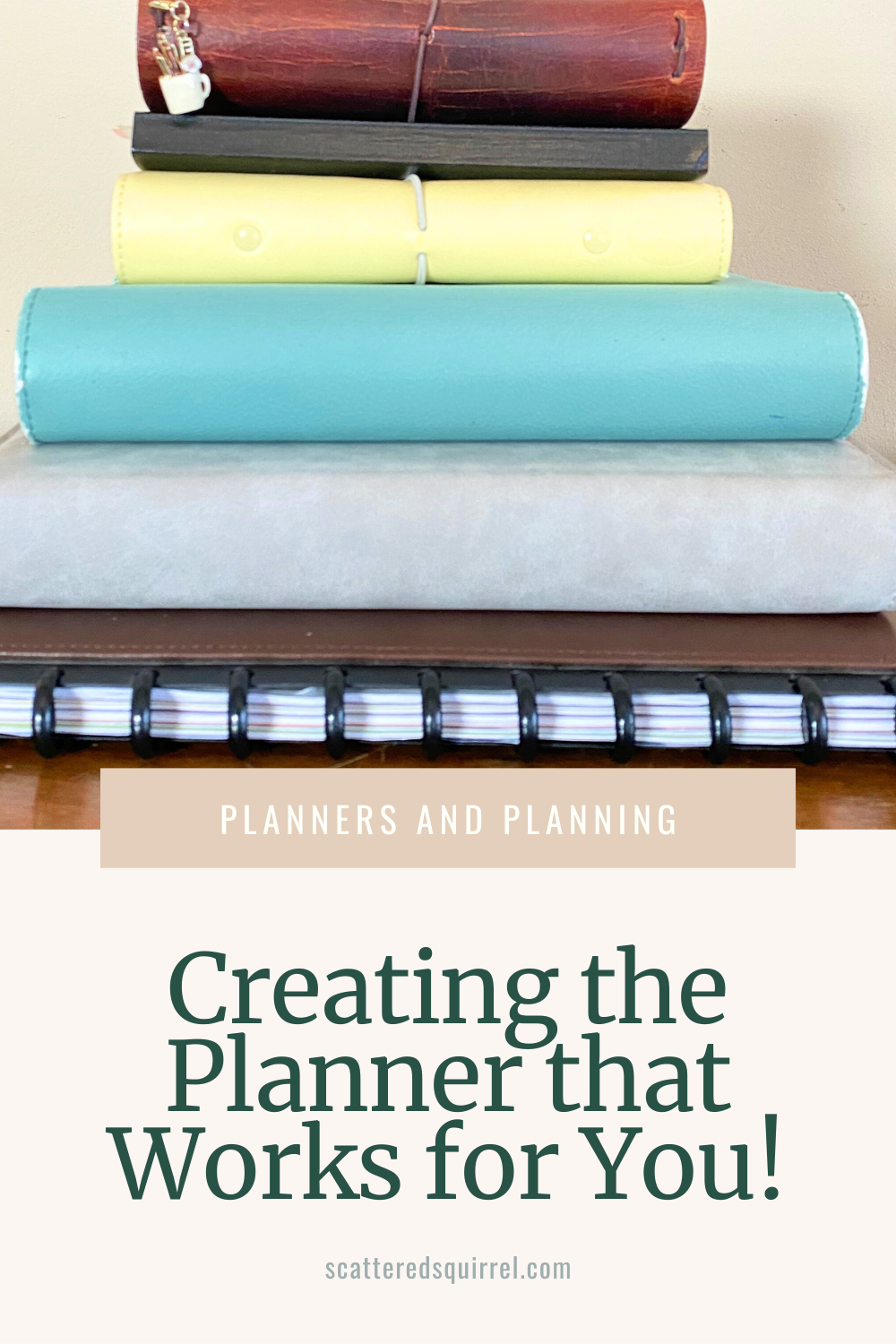

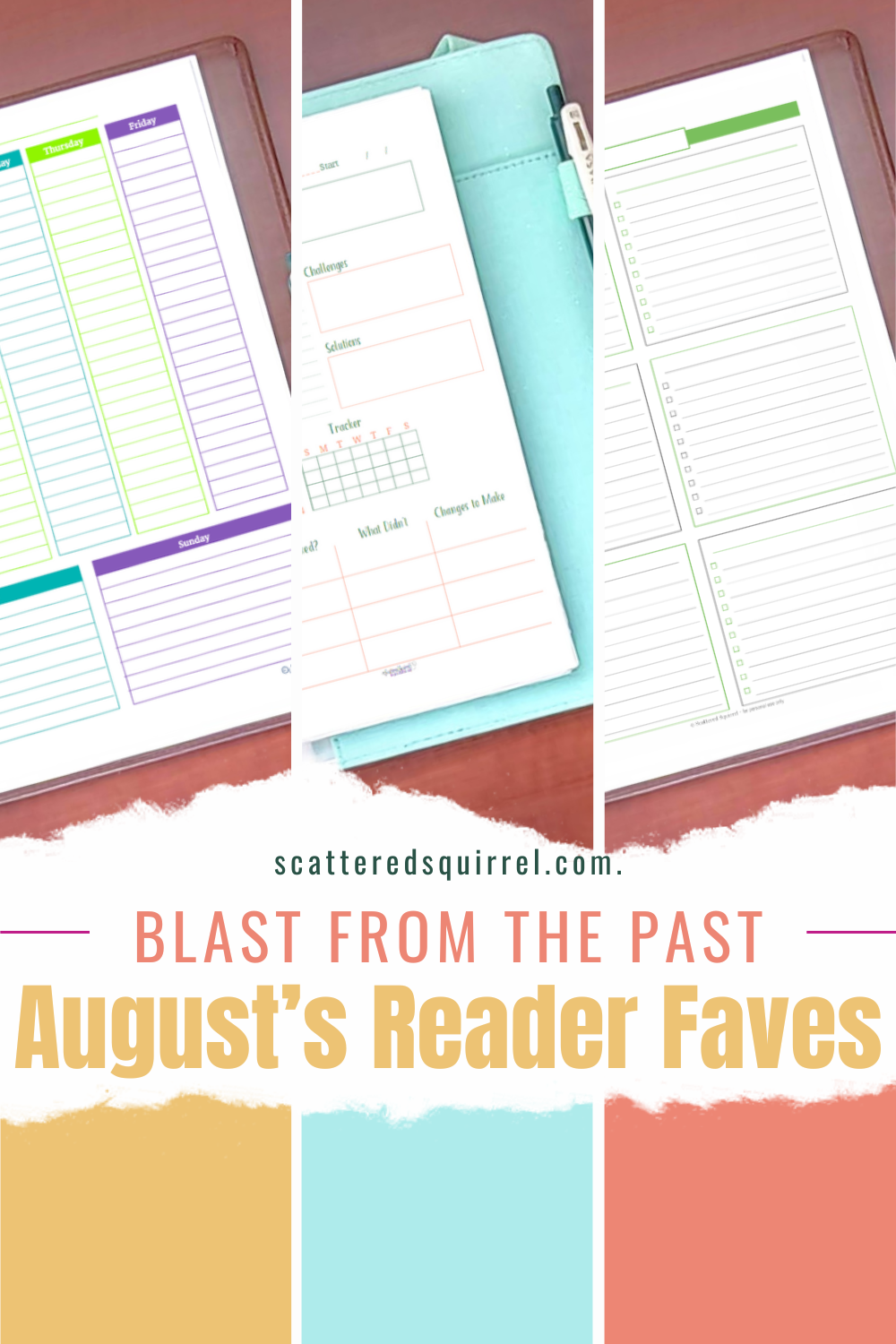
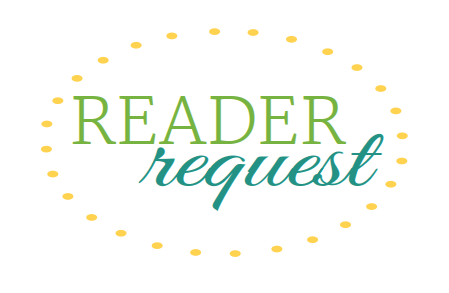
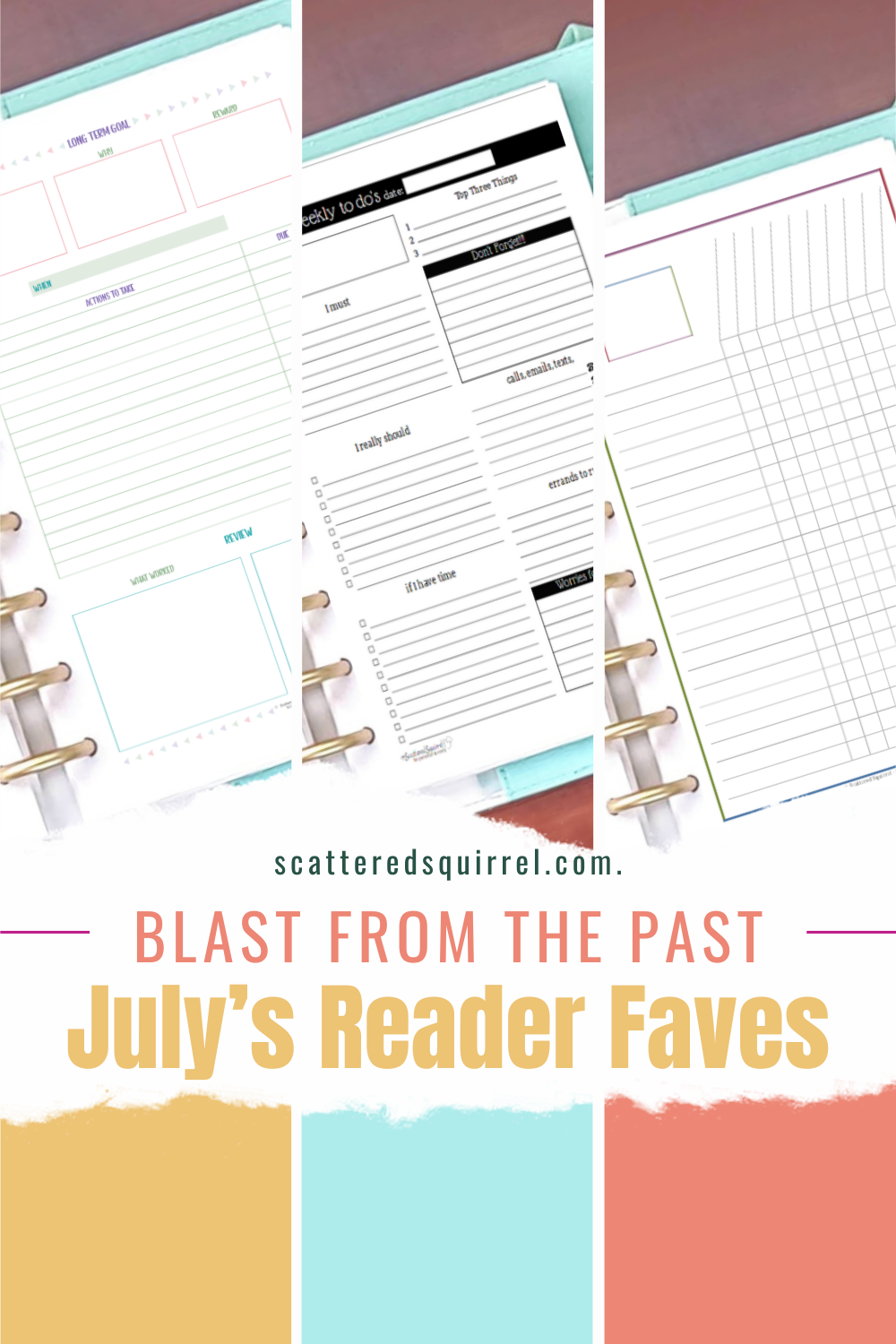
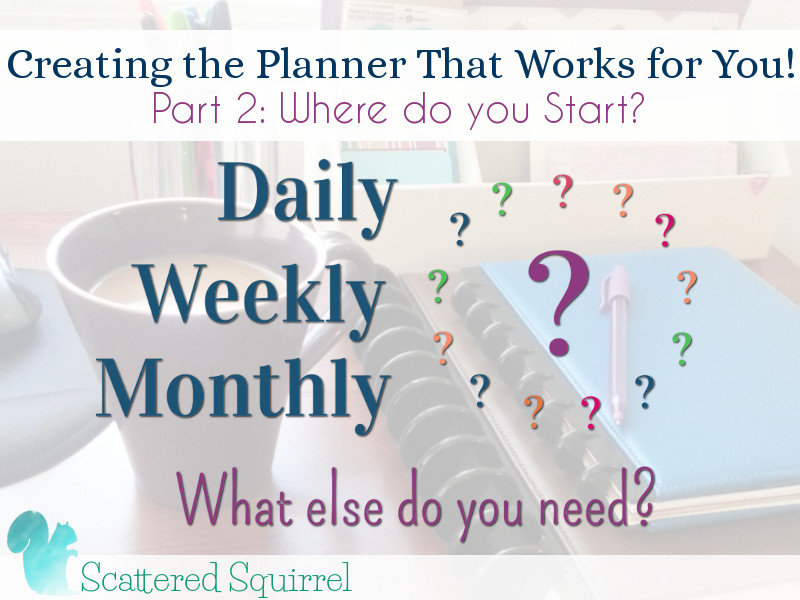
Part of your webpages on the left do not show on tablets or mobile browsers. Just wanted to let you know.
Hi Sue, thank you so much for letting me know. I try to make sure I visit the site on mobile devices often but last week was a little on the hectic side. I really do appreciate you letting me know. It’s been fixed now, so it should work all right for you.
I had always been and A5/Half size planner person for years until recently I have just become dissatisfied with carrying that size around. One of those 3-1/2 x 5-1/2 size notebook caught my eye so I thought I would give it a try. I think I have finally found the “planner peace” that people talk about. It is so easy to carry around this size notebook and you always have it when you need to write something down. So, I think, I have finally found a planner that works for me!
I love that you’ve found planner peace. It’s amazing what a difference size makes. The pocket size planners are so versatile. I have one and I loved using it. I switched only because it was a little too small for what I needed. Now it holds some notebooks and a mini journal that I keep by my bed and it still gets used every day.